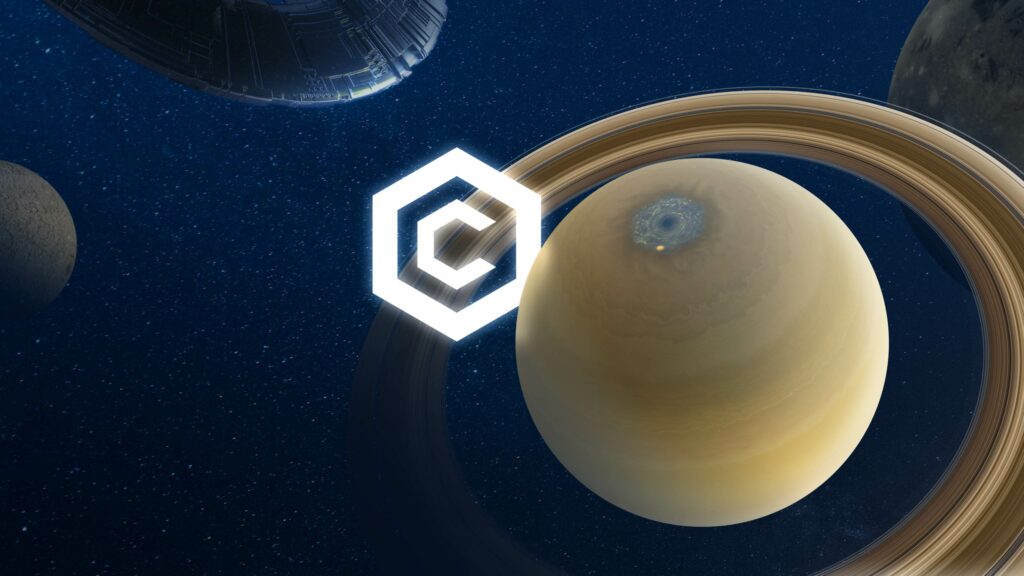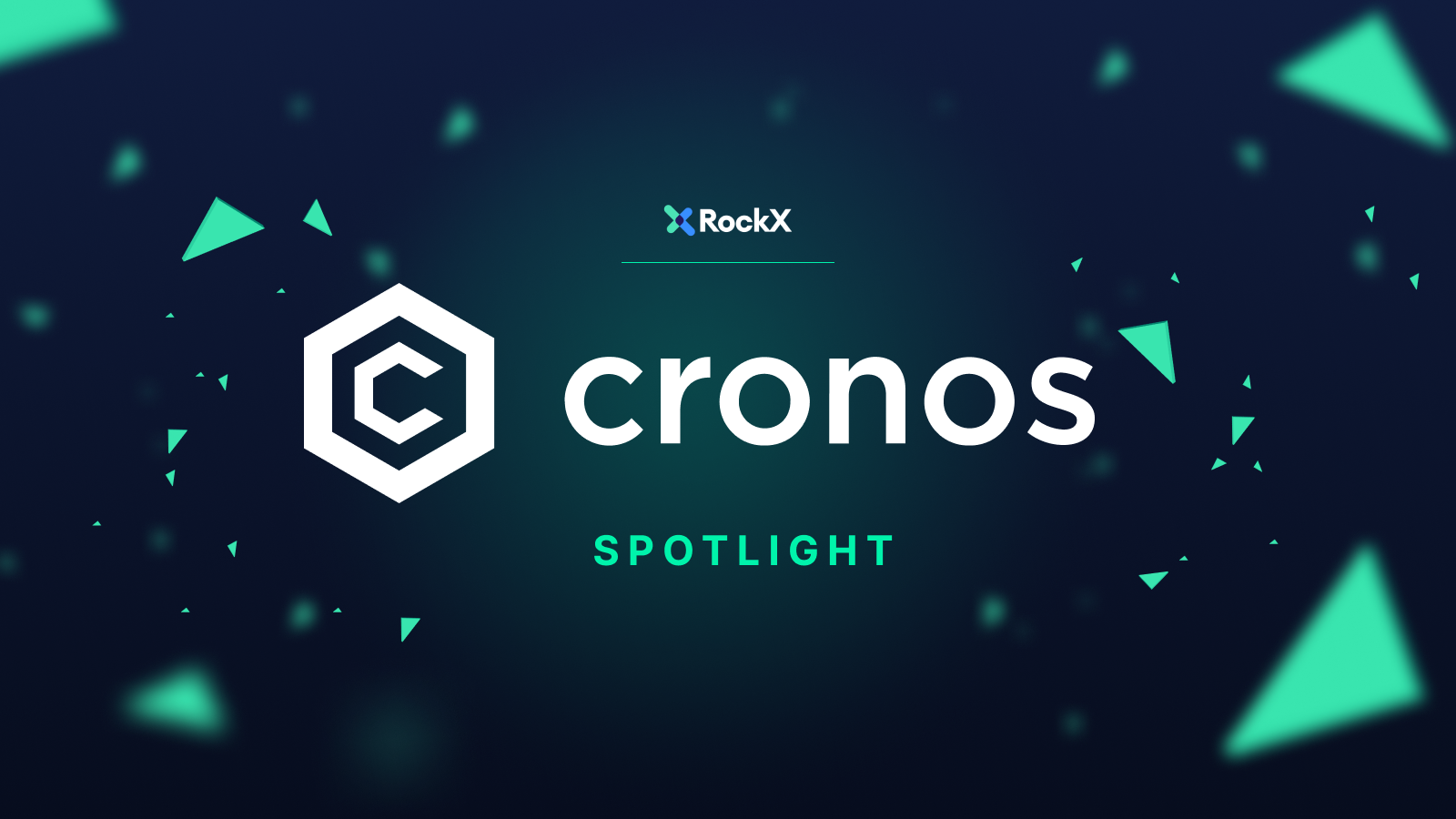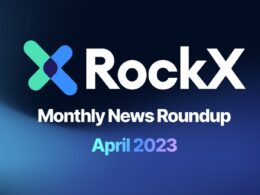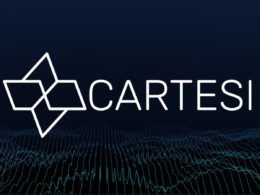Cronos is an Ethereum Virtual Machine (EVM) compatible chain that is interoperable with the Cosmos ecosystem. At its core, it aims to ease the transition between crypto hodlers to decentralised finance (DeFi) users.
Instead of creating a separate Layer-1 blockchain to compete with highly established existing chains, Crypto.com sought to bring its base of over 10 million users closer to DeFi through Cronos. By closely integrating itself with Ethereum, Cronos makes it simple for users and developers alike to explore and build on Cronos.
Benefits of the Cronos Network

As explained, Cronos interoperates between Ethereum and Cosmos. However, what does that mean for you exactly? This interoperability has several key benefits.
Established Company and User Base
Cronos, established by Crypto.com, leverages one of the largest crypto user bases in the world. With upwards of 10 million users trusting the company with their funds, Cronos has no further need to establish its authority in the crypto space. It does, however, need to build up its standing with DeFi users, who have always stuck closely to the idea of decentralisation. This is why Cronos being interoperable with Ethereum is such a great idea – it can bring millions of new users into the DeFi space, which is already thriving on Ethereum’s vast ecosystem.
Low Barrier to Entry
Riding on the back of the previous point, all these users now have an easy way to access DeFi. Not just that, but future users who might not yet hold any cryptocurrency will be able to access DeFi much more easily. Centralised exchanges such as Crypto.com are currently the most accessible way for non-crypto natives to buy their first stack of crypto. Enabling them to easily transition from a centralised exchange to a decentralised wallet allows them to experience all that DeFi has to offer with a much lower barrier to entry.
Easy For Developers to Build Upon
Being EVM compatible means that Cronos is able to run smart contracts programmed in Solidity – Ethereum’s native coding language. Developers do not have to learn a new language just to build on Cronos, and can easily port their projects from one chain to another.
Low Fees, Fast Transactions
On top of the convenience of interoperability, Cronos also uses the Proof-of-Authority (PoA) consensus mechanism to ensure high speeds and low transaction costs on the network. We will further expand on this in the next section, but suffice to say that this consensus mechanism limits the number of validators to a select pool. This ensures that the network is very secure and scalable, which keeps transaction fees low and transactions snappy.
Proof-of-Authority (PoA)

Since we are examining a consensus mechanism, let’s explore it through the classic blockchain trilemma of scalability, security, and decentralisation.
When it comes to paying exorbitant gas fees on popular L1s such as Ethereum, the problem is that they aren’t scalable. This means that the chain cannot process transactions fast enough to meet demand. Through the lens of the traditional Proof-of-Work (PoW) consensus mechanism, this results in gas fees getting higher and higher as everyone is competing for their transactions to be added to the chain first.
Cronos aims to solve this problem by employing a Proof-of-Authority (PoA) consensus mechanism, a reputation-based algorithm. Instead of staking coins, a validator essentially stakes their reputation. To become a validator for a PoA network, one must undergo a KYC process and verify their identities. This limits the number of validators, making PoA highly scalable. The validator verification process also limits the validators to a select few trusted nodes, ensuring tip-top security for its network.
The benefits this brings are cheaper fees and faster transactions, all while maintaining a high level of security.
The one drawback to this, however, is the trade-off of decentralisation. Popularised by Vitalik Buterin, the blockchain trilemma posits that between scalability, security, and decentralisation, only two can be achieved. PoA scores very highly in terms of scalability and security. However, needing to verify the identities of their validators means that the network is being run by that select group of nodes, effectively centralising the network.
What Are CRO Tokens?

CRO is the token created by Crypto.com and is the native token of Cronos as well as the main Crypto.com Chain. CRO can be used to access dApps across the Cronos network, and also to stake on Crypto.com for rewards including those relating to its Visa card.
Cronos Outlook
Needless to say, Cronos is a very promising project with a unique approach to making DeFi more accessible to those who have only dabbled in trading cryptocurrencies. With its strong user base and easy access to the plethora of well-established dApps on the Ethereum network, it leverages Crypto.com’s strengths to bring the best of DeFi to its users. There are more exciting things coming up such as Gravity Bridge, which will further assimilate Cronos into the Ethereum ecosystem.
Overall, there’s a lot to be excited about, and we look forward to what Cronos will unveil in the future.









